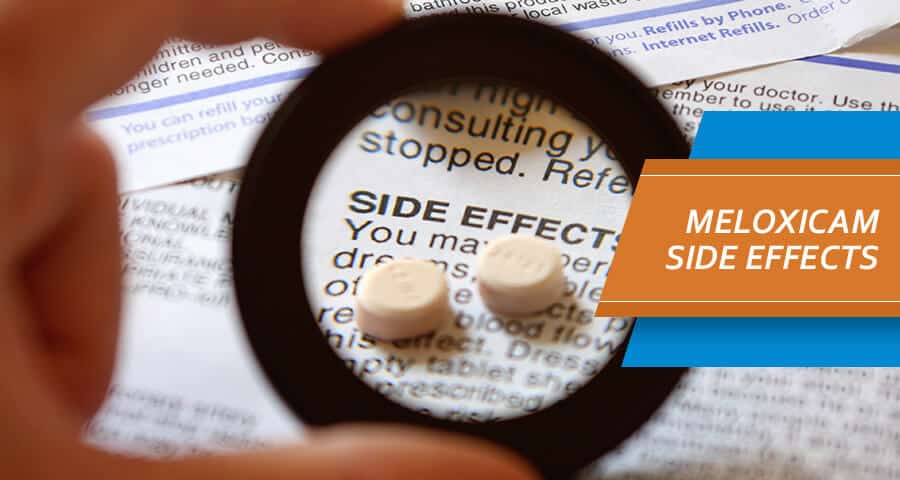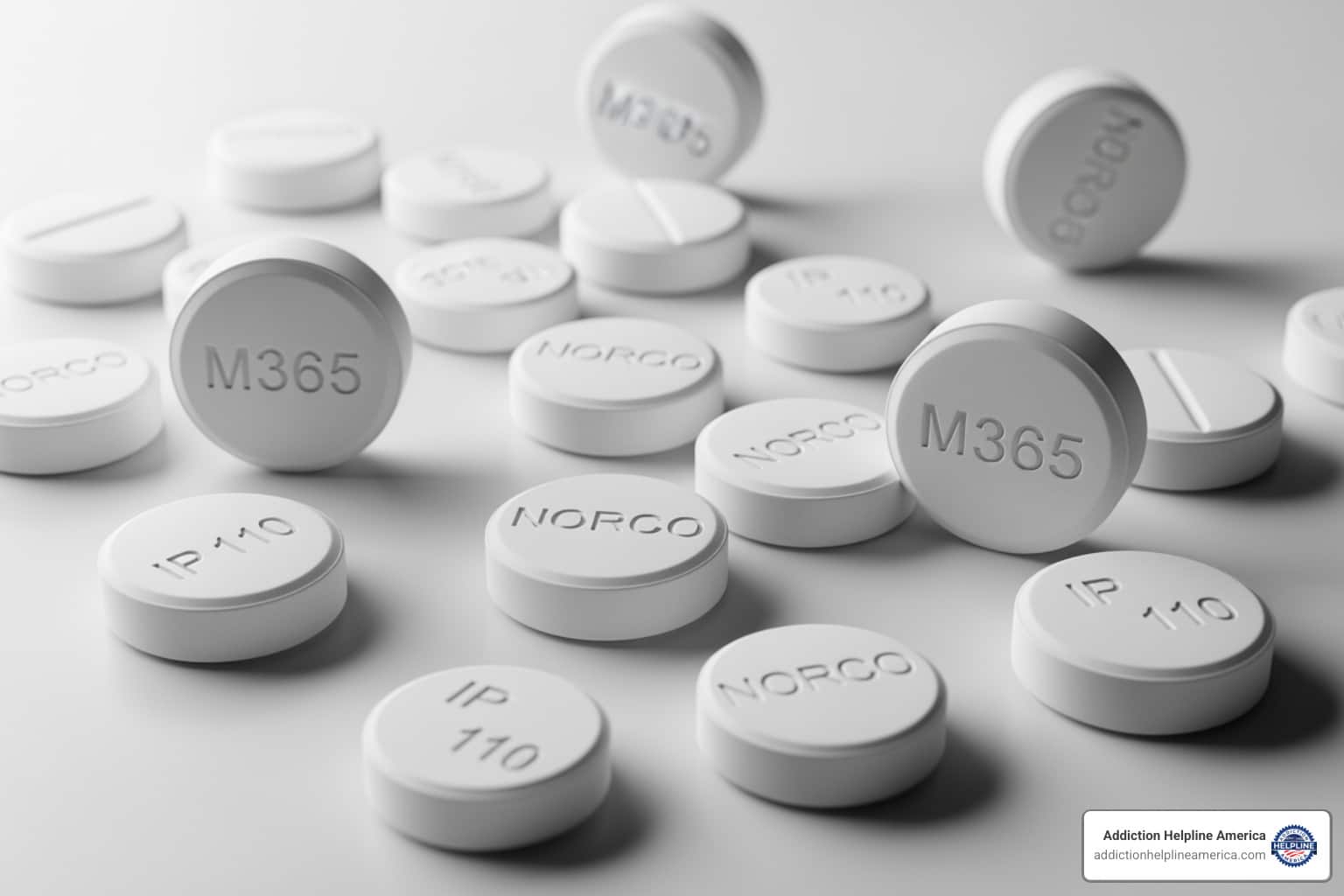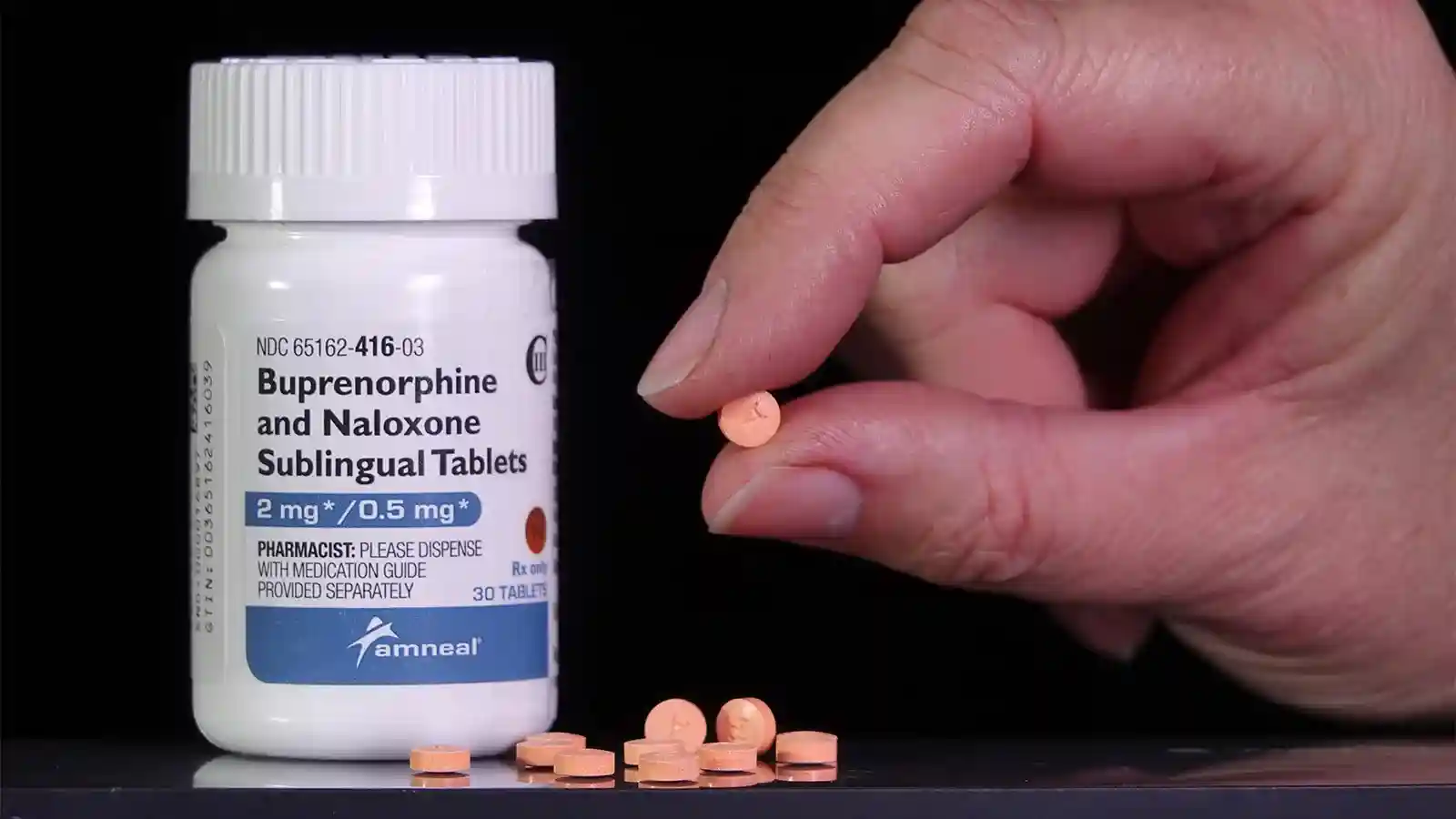
Why Finding the Right California Addiction Treatment Matters Now
California addiction treatment is urgently needed, with 5.3 million Californians living with a substance use disorder and only 10% receiving care. Understanding your options is the first step toward lasting recovery.
Quick Guide to California Addiction Treatment:
- Treatment Levels Available: Medical detox, inpatient/residential, partial hospitalization (PHP), intensive outpatient (IOP), and standard outpatient programs
- Average Costs: $56,654 for a complete program; $629/day inpatient; $57/day outpatient
- Insurance Coverage: Over 50% of facilities accept private insurance, 30% accept Medi-Cal, and 60% offer sliding scale fees
- Popular Locations: Los Angeles, San Diego, San Francisco, Orange County
- Key Features to Look For: Joint Commission or CARF accreditation, dual diagnosis treatment, evidence-based therapies (CBT, DBT, MAT), and individualized care plans
While overdose deaths are at unprecedented levels, addiction is a treatable medical condition. California has one of the nation’s most comprehensive treatment systems, and this guide will help you steer it—from levels of care to insurance coverage.
At Addiction Helpline America, our specialists provide free, confidential guidance 24/7. We connect individuals and families with accredited California addiction treatment programs that fit their unique needs.

California addiction treatment glossary:
Understanding the Landscape of California Addiction Treatment
When considering California addiction treatment, it’s important to understand both the scale of the crisis and the innovative solutions available.
The Crisis and the Opportunity in California
California faces a significant addiction crisis, with overdose deaths at unprecedented levels and 1.1 million people with substance use disorders visiting emergency departments annually. These visits were once missed opportunities for intervention.
Now, the innovative CA Bridge model is changing emergency departments into gateways for recovery. When a person struggling with addiction arrives at a participating ED, they can start treatment immediately. They meet with a Substance Use Navigator, a trained professional who connects them to ongoing care. Patients who meet with a navigator are three times more likely to remain in treatment 30 days later.
Currently, 276 California hospitals have adopted this model, reaching a diverse population. Data shows that a third of patients are people of color, one in three lacks stable housing, and 70% have co-occurring mental health conditions. The success of the CA Bridge model proves that when treatment is accessible and offered without judgment, people accept help. It reinforces that addiction is a treatable medical condition, and compassionate care is more effective than punitive measures. You can read more about its impact on scaling emergency department opioid use disorder treatment across California.

Key Factors in Choosing a California Addiction Treatment Program
With hundreds of facilities, choosing the right California addiction treatment program can feel overwhelming. Focus on these key factors.
Accreditation from The Joint Commission or CARF (Commission on Accreditation of Rehabilitation Facilities) is your first checkpoint. It ensures the facility meets strict national standards for safety and quality.
The best programs begin with an individualized assessment to evaluate your substance use, co-occurring conditions, and life circumstances, creating a custom treatment plan.
Location is also important. Some people thrive close to their support system, while others need distance from triggers. California offers diverse settings, from major hubs like Los Angeles Drug Rehab programs and San Diego to the urban-meets-nature environments of San Francisco and the high-quality facilities in Orange County.
Finally, look for specialized programs. If you have both addiction and mental health issues, you need integrated dual diagnosis treatment, which addresses both conditions simultaneously. Our Dual Diagnosis Treatment Costa Mesa Guide explains this in more detail. Gender-specific and LGBTQ+ friendly programs also provide safe, supportive environments for healing.
Levels of Care: Finding the Right Intensity for Recovery
California addiction treatment is not one-size-fits-all. Different people need different levels of support, much like any other medical condition. Understanding these levels helps you find the right fit for your recovery journey.
Medical Detox: The First Safe Step
For physical dependence on substances, medical detox is the first safe step. It provides 24/7 medical supervision to manage withdrawal symptoms safely and comfortably. A medical team monitors vital signs and can provide medication to ease the process, increasing the chances of continuing to the next stage of treatment.
Withdrawal from alcohol and benzodiazepines (like Xanax) can be life-threatening, causing seizures, and requires medical management. Opioid withdrawal is uncomfortable but typically not medically dangerous. Attempting to detox from these substances without professional help is unsafe. You can learn more about services like Costa Mesa Detox that provide this critical first step.
Inpatient vs. Outpatient Programs
After detox, the next step is choosing the right level of ongoing care. An honest assessment with a professional will help determine the best path.
Inpatient or residential treatment involves living at a facility for 30, 60, or 90 days. This immersive environment removes you from daily triggers and provides a highly structured schedule of therapy and support. It is ideal for those with severe addiction, an unstable home environment, or co-occurring mental health conditions.
Outpatient programs allow you to live at home while attending treatment, offering flexibility for work, school, or family duties. These programs vary in intensity: Partial Hospitalization Programs (PHPs) involve several hours of treatment daily, Intensive Outpatient Programs (IOPs) require about 9-15 hours per week, and standard outpatient may be just a few sessions weekly.
If you’re in the Riverside area, you can find Drug Rehab Centers in Riverside CA offering various levels of care.
| Feature | Inpatient/Residential Treatment | Outpatient Treatment (PHP, IOP, Standard) |
|---|---|---|
| Environment | Live at the facility, removed from triggers | Live at home, attend sessions during the day/evening |
| Intensity | High, structured schedule, 24/7 care and support | Variable, from partial-day (PHP/IOP) to a few hours/week (Standard) |
| Duration | Typically 30, 60, or 90 days, sometimes longer | Weeks to months, depending on program type and individual progress |
| Cost | Higher (due to accommodation, meals, constant care) | Lower (no living expenses at the facility) |
| Ideal Candidate | Severe addiction, unstable home environment, co-occurring disorders, need for intense supervision | Strong support system, stable home, less severe addiction, need for flexibility |
| Structure | Highly structured, daily therapy, activities, and group sessions | Flexible, allowing for work, school, or family commitments |
| Medical Supervision | 24/7 medical and clinical staff available | Scheduled medical/clinical appointments, not 24/7 |
Aftercare and Relapse Prevention Planning
Completing a treatment program is the beginning of a lifelong recovery journey. A strong aftercare and relapse prevention plan is crucial for long-term success in California addiction treatment. You are returning to a world with old triggers, and ongoing support is essential.
Key components of aftercare include:
- Sober living homes, which offer a structured, substance-free environment that bridges the gap between residential treatment and independent living.
- Alumni programs, which keep you connected to the treatment center’s community through events and support networks.
- Support groups like Alcoholics Anonymous (AA), Narcotics Anonymous (NA), and SMART Recovery, which provide free, ongoing peer support in communities across California.
A solid aftercare plan also includes written strategies for coping with stress and triggers, and a list of people to call for support. This long-term support structure is vital for navigating the challenges of early recovery.

Evidence-Based and Holistic Treatment Approaches
Modern California addiction treatment programs combine scientifically proven therapies with holistic approaches to heal the whole person—mind, body, and spirit.
Core Evidence-Based Therapies
The foundation of effective treatment rests on therapies backed by scientific research.
- Cognitive Behavioral Therapy (CBT) helps you identify and change negative thought patterns and behaviors related to substance use.
- Dialectical Behavior Therapy (DBT) is especially useful for intense emotions and trauma, teaching skills in mindfulness, emotion regulation, and distress tolerance.
- Motivational Interviewing (MI) is a collaborative approach that helps you find your own internal motivation for change.
- Trauma-informed care creates a safe environment to address past trauma that may be driving addiction, asking “What happened to you?” instead of “What’s wrong with you?”.
- Family therapy involves loved ones to repair relationships, improve communication, and build a supportive home environment for recovery.
Dual Diagnosis: Treating Co-Occurring Disorders
It is common for addiction to co-occur with a mental health condition like depression, anxiety, or PTSD. This is called a dual diagnosis. In fact, 70% of patients in one California program had co-occurring conditions. People may use substances to self-medicate mental health symptoms, or substance use may worsen them.
Quality California addiction treatment programs use an integrated approach, treating both conditions simultaneously. A coordinated team of psychiatrists, therapists, and addiction counselors creates a unified plan, leading to more stable, long-term recovery.
The Role of Medication-Assisted Treatment (MAT)
Medication-Assisted Treatment (MAT) is a life-saving, evidence-based approach that combines FDA-approved medications with counseling. It is not “replacing one drug with another.” MAT normalizes brain chemistry, reduces cravings, and eases withdrawal, allowing you to focus on therapy. Common medications include buprenorphine (Suboxone) and naltrexone. The evidence is clear: MAT is proven to help patients by reducing illicit drug use, preventing overdose, and improving treatment retention. It is a vital medical tool for managing the chronic disease of addiction.
Holistic and Alternative Therapies
Beyond traditional therapy, many California addiction treatment centers use holistic approaches to heal the mind, body, and spirit. These therapies complement evidence-based methods and help build a fulfilling life in recovery. Common offerings include:
- Yoga and meditation to reduce anxiety and reconnect with your body.
- Art and music therapy to express emotions that are difficult to verbalize.
- Equine therapy, where working with horses helps build trust and emotional awareness.
- Adventure therapy, using outdoor challenges like hiking to build confidence and resilience.
- Nutritional counseling to repair physical damage and improve mood and energy through healthy eating.

Navigating Costs and Insurance for Rehab in California
Cost is a major concern when considering California addiction treatment, but it shouldn’t be a barrier. Understanding your options can make recovery far more accessible than you might think.
The Average Cost of California Addiction Treatment
The cost of addiction treatment in California varies. A complete program averages around $56,654, with daily inpatient care at $629 and outpatient at $57. However, most people do not pay these amounts out-of-pocket. Key factors influencing the price include the level of care (inpatient is more expensive than outpatient), program length, and amenities like private rooms or specialized therapies.
How Insurance and Payment Options Make Treatment Accessible
The Affordable Care Act mandates that most insurance plans cover addiction treatment as an essential health benefit, making care more accessible.
- Private Insurance: Over 50% of California facilities accept private insurance from providers like Aetna, Blue Cross Blue Shield, Cigna, and UnitedHealthcare.
- Medi-Cal: California’s Medicaid program is accepted by over 30% of rehab facilities, providing comprehensive coverage for eligible individuals.
- Medicare & TRICARE: These are also widely accepted for eligible seniors, individuals with disabilities, and military personnel.
Verifying your insurance benefits is a simple but crucial step. You can call the facility, your insurance provider, or contact us at Addiction Helpline America for free, confidential verification.
Beyond insurance, other options exist. Over 80% of centers accept self-payment, often with payment plans. More than 60% offer sliding scale fees based on income. Financing and non-profit options may also be available. Don’t let cost be a barrier; there is almost always a way to afford quality care.
Frequently Asked Questions about California Rehab
We know that finding the right California addiction treatment can feel overwhelming. Here are answers to some common questions.
How do I choose the right rehab center in California for my needs?
To choose the right program, follow these steps:
- Get a professional assessment to determine the right level of care.
- Check for accreditation from The Joint Commission or CARF to ensure quality and safety.
- Verify the program treats your specific substance use and any co-occurring mental health disorders (dual diagnosis).
- Confirm insurance coverage and discuss costs and payment options.
- Decide on a location—either close to home for support or away from triggers.
What is the CA Bridge model and how does it work?
The CA Bridge model is a program in California emergency departments that provides immediate access to Medication-Assisted Treatment (MAT) for substance use disorders. It uses trained Substance Use Navigators to connect patients to ongoing community care. This immediate, low-barrier approach is highly effective, as patients who meet a navigator are three times more likely to be engaged in treatment at 30 days.
Do California rehabs treat co-occurring mental health disorders?
Yes, quality California addiction treatment centers specialize in treating co-occurring disorders, also known as dual diagnosis. Recognizing that addiction and mental health are often intertwined, these programs use an integrated treatment approach. A multidisciplinary team addresses both conditions simultaneously through therapy, medication management, and counseling, leading to better long-term outcomes.
Conclusion: Your Path to Recovery Starts Today
If you’ve read this guide, you’ve already taken a courageous step. Recovery is achievable, and help is available right here in California.
California addiction treatment programs offer some of the most comprehensive care in the nation, with options ranging from medical detox to outpatient support. Using evidence-based, dual diagnosis, and holistic approaches, these programs are designed to heal the whole person.
We know that navigating costs, insurance, and program choices is daunting. You don’t have to do it alone.
At Addiction Helpline America, our specialists provide free, confidential guidance. We can answer your questions, verify your insurance, and connect you with an accredited facility from our network that fits your needs. No judgment, no pressure—just compassionate support.
Your path to a healthier, sober life starts today.
Find the best California addiction treatment program for you with our ultimate guide
Our helpline is 100%
free & confidential
If you or someone you care about is struggling with drug or alcohol addiction, we can help you explore your recovery options. Don’t face this challenge alone—seek support from us.
Programs
Resources
Will my insurance
cover addiction
treatment?
We're ready to help
Find the best
drug or alcohol treatment
center
Are you or a loved one struggling with addiction? Call today to speak to a treatment expert.












